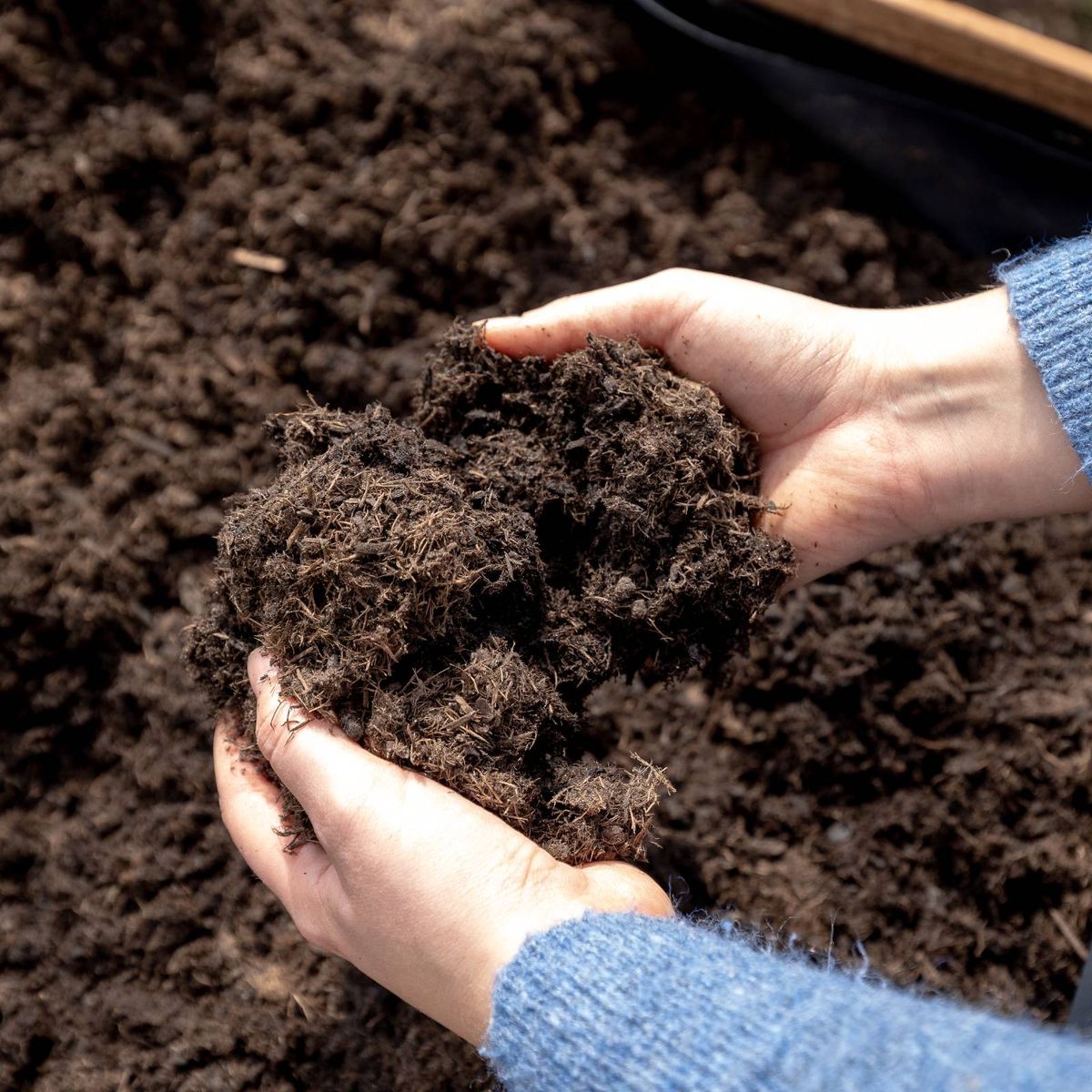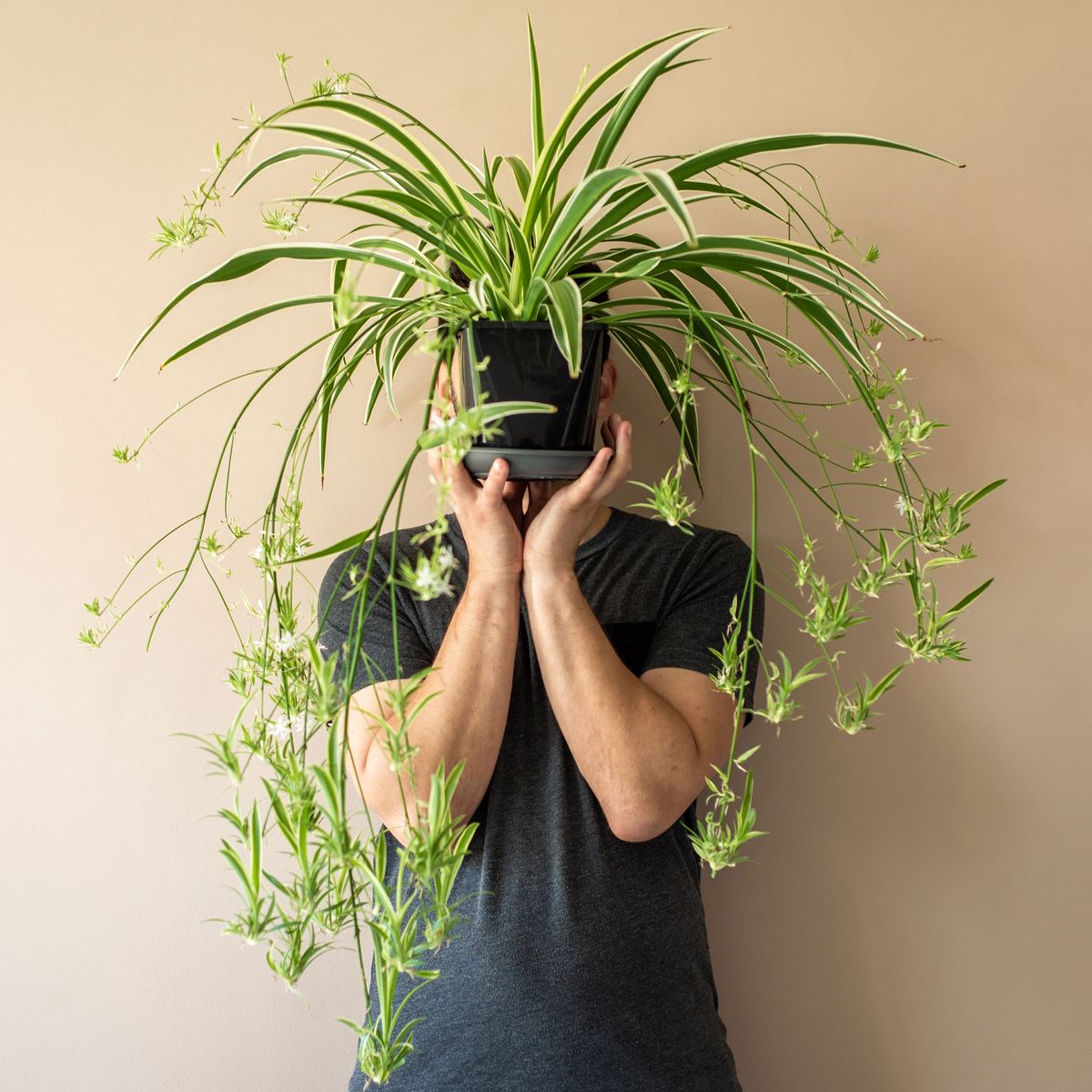Every year I am jumping up and down by February, eager to begin ordering plants, seeds, and start little veggies. I am often too early; I am so excited. I also give very little thought to where things should go. After a couple of years here, I think I have this figured out.
Spring Planting
I am a row planter in the vegetable garden, with the exception of beans and corn which cavort together in a rather disorganized fashion. So too, the melons and squash, which tend to take over their area. Yet in spite of my regimented approach to planting vegetables, in most cases, I put things where they will shade another plant. Not a good way to get a bountiful harvest.
This year I have a new plan. I literally charted out where each variety of food will grow. I am hoping this will give me better yields and my watering schedule will be more productive. I have also vowed not to let hybrid squash, which we rarely eat, and sunflowers, run unchecked in the garden. The whole effect is one of verdant abundance but really doesn’t help my maintenance of the wanted foods.
Another thing I am doing this year in the dirt farm is starting a honeybee operation. We rarely see honeybees out here. We have plenty of wasps of various varieties, and I see a ton of bumblebees, but not many honeybees. I am not sure if the local population is decimated due to crop pesticide use or if they are victims of hive collapse or murder bees (which have been seen the last two years out here), but I want to help the poor little things reestablish. I already have some of my gear but am waiting until spring to order my bees. I hope to have some fresh honey and better yields out of my fruit trees and vegetable garden.
Spring Planning
Before I start planting vegetables, I also want to establish a little chicken colony. They will be incorporated into my garden planning, so they have a free range area, but don’t disturb new plants coming up. There is plenty of room to have the hens, bees, and veggies if I adhere to my garden planning. I will have to fence off areas where I am planting vegetables, so they don’t scratch up new seedlings. This won’t be too much trouble, as I have fencing left over from a new fence erected last spring.
The blank space left from our first freeze was a shock at first. It hit so quick and so hard that what was one day a living, green mass of veggies, was in one day, a mushy, dead mess. Once cleaned up, I see it as an opportunity to right some wrongs, plan for the future, and anticipate our spring crops. Adding some more life to the dirt farm will enhance its productivity and give me an opportunity to try something new.











